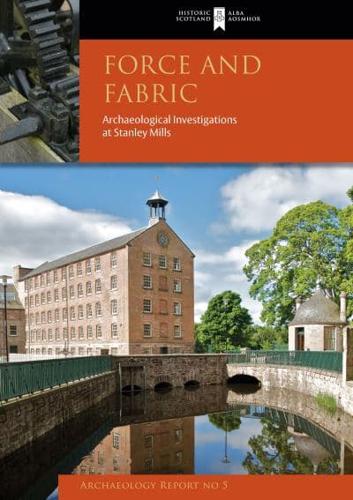Publisher's Synopsis
Stanley Mills are testament to the ingenuity needed to harness water power from the River Tay. The locality was transformed when, in 1787, the Bell Mill at Stanley was completed to the design of Richard Arkwright, inventor of water-powered cotton spinning and pioneer of the factory production system. It has international importance as one of the most complete surviving examples from this era. The mills expanded, their form responding to function, powered by water until 1965, and finally closing in 1989. The complex was acquired by Historic Scotland in 1995, and then passed to the Prince's Regeneration Trust. It has been regenerated as modern dwellings, and an award-winning museum and interpretation centre. Over ten years, archaeological contractors have investigated Stanley Mills, their work driven by conservation needs. This report brings together historical research and the results of the archaeological and building recording survey. Large waterwheel pits, footings of an 18th-century corn mill, timber and cast-iron structural framing, and even details of a crude tarring machine for heavy-duty Stanley cotton belting are documented in this book. The work at Stanley Mills has advanced understanding of the historic and archaeological development of the mill and puts the factories of the Industrial Revolution into context.






